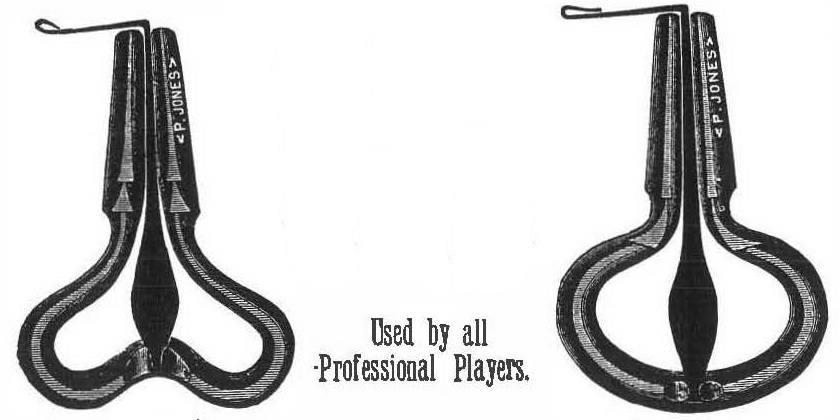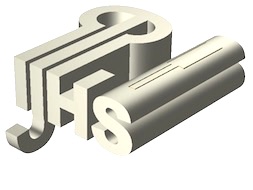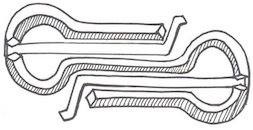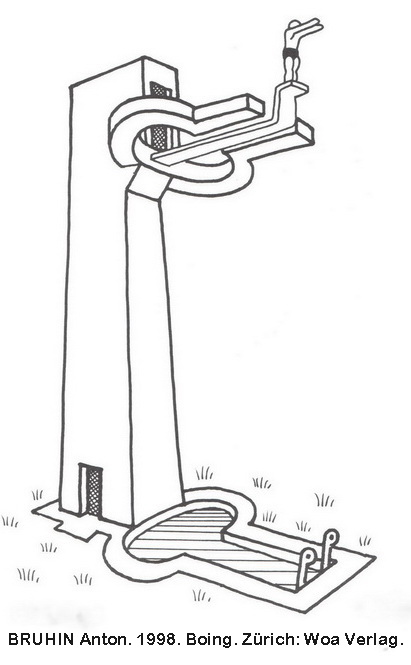The most ancient musical instrument with the most modern sound.
Anton Bruhin
Section still under construction.
JEW’S HARP, JAW HARP, MOUTH HARP, TRUMP
In English, the name of our instrument is rather ethnically connoted. Frederick Crane was a great supporter of calling the instrument a ‘trump’ instead of jew’s, jaw, or mouth harp, and encouraged all authors to use that name. Our policy is not to be prescriptive on this matter as all names are subject to discussion, it has no relation to the jaw, mouth harp is also the name of harmonica, and trump is too politically connoted these days. Michael Wright has shown in his book The Jews-Harp in Britain and Ireland (2015) that the term jew’s harp is in use in English at least from the 16th century. His own inclination is to call it a ‘jews-harp,’ using capitals in titles, though, as you will see in some articles the term ‘trump’ and other variations are used.
What, How, Where?
What is a jews-harp?
This musical instrument, known by many names and found throughout the world, is fundamentally a free-reed activated by being plucked by a finger, hand or string, and can be divided into two types – those that are activated with the point of the reed facing away from the plucking point (classified as idioglot as it is normally made from one piece), and those that are activated with point of the reed facing towards the plucking point (classified as heteroglot, or made from more than one piece). Idioglot instruments are generally found in Asia, from the Polynesians islands to the Urals, whereas the heteroglot types are found throughout the world.
The musical instrument we call the jews-harp comprises, in fact, of the jews-harp itself and the player’s mouth cavity, which acts as a sound box. The lips provide the essential connection between these two parts for the idioglot types, and the teeth for the heteroglot types.
Idioglot types can be made of bamboo, palm wood, bone and brass, or any materiel that has some flexibility. Heteroglot types are made up of two elements – a rigid frame and a flexing lamella (tongue). The frame is either wrought iron or cast alloy, while the tongue is steel, fixed to the base of the frame.
For more detailed information see:
How do you play a jews-harp?
By holding the jews-harp in one hand and placing it either against the lips (idioglot) or pressing firmly against the teeth (heroglot), a connection is made between the instrument and the sound box (mouth cavity). Using the finger or hand, by flicking the lamella and ensuring that it runs freely between the frame and the player’s lips and teeth, the basic sound, or fundamental, can be heard. By moving your tongue up and down within the mouth cavity, different notes can be achieved, and by placing your tongue in different parts of the mouth (always making sure the lamella runs freely) and by using the breath, different sounds and effects can be achieved.
For more detailed information see: ...
Where does the jews-harp come from and where can it be found?
All the evidence from archaeology found so far indicates that the jews-harp is Asian in origin. It is also known two have been in existence for at least three thousand years. The theory is that it migrated west with the Turkic movements of the 9th and 10th centuries, arriving in Europe around the 11th century. From there it was exported to the Americas and later to Africa.
Craftsmen made instruments are still found throughout Asia, none more so than in Sakha-Yakutia, where the instrument, known as the khomus, has been designated as one of cultural significance by UNESCO.
In Europe, while there are craftsmen-made munnharpa in Norway, the vast majority of instruments are mass-produced, a process that appears to have been the case from its early arrival. It was its commercial appeal that encouraged traders to take jews-harps to the Americas for barter from 16th century on, and later to Africa.
Jews-harps are found all over the world and there are over a thousand local names from khomus (Yakutia) and koukin or mukkuri (Japan), to Doromb (Hungary), Vargan (Russia), Marranzano (Scisly) and Maultrommel (Germany and Austria). The origins of jews-harp as a name are obscure, but there is no connection with Jewish musical culture. It was also known as a jews-harp, jews-trump or trump from the 13th century on, whereas jaw harp and other variations are only known since 18th century.

John Stratton, Boston, 1874.
From (p. 72): Fred Crane. 2003. “Trumps in American musical instrument trade catalogs”. VIM 11: 67-116.


